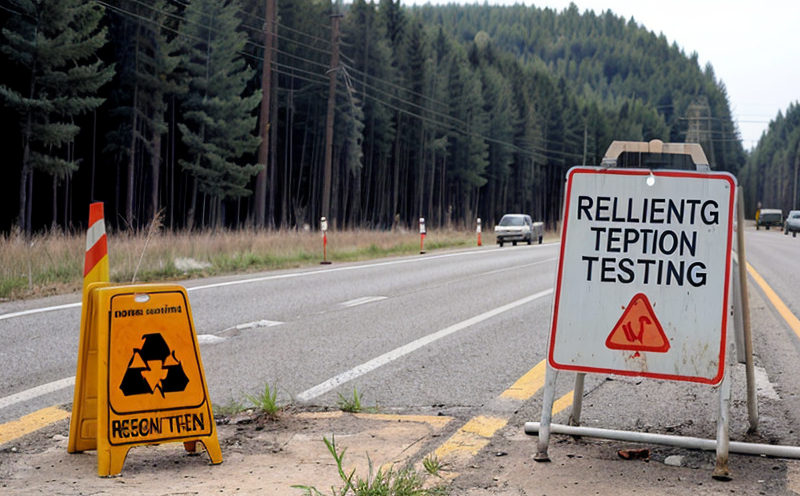ASTM D7285 Radiological Determination of Thorium and Uranium
The ASTM D7285 test method is a critical tool for environmental radiation testing, particularly in areas where thorium (Th) and uranium (U) are present. This standard provides a standardized procedure for the radiological determination of these elements using gamma spectrometry.
This method ensures accurate quantification of thorium-232 (Th-232) and uranium-235 (U-235), which are significant contributors to environmental radiation levels. The test is essential for regulatory compliance, risk assessment, and environmental monitoring in sectors such as nuclear waste management, geology, and mining.
The ASTM D7285 method is widely recognized for its precision and reliability, making it a cornerstone of radiological analysis. It involves the measurement of gamma-ray emissions from thorium and uranium samples using high-purity germanium (HPGe) detectors or other suitable counting devices. The test protocol specifies detailed procedures for sample preparation, calibration, data acquisition, and interpretation.
Sample preparation is crucial in ASTM D7285 testing. Typically, the sample material must be homogenized to ensure uniformity, which helps in obtaining representative gamma-ray spectra. Calibration with known standards ensures accurate measurement of emitted radiation. The test method also recommends using appropriate shielding materials to minimize background noise and interference.
The acceptance criteria for ASTM D7285 are based on the statistical treatment of the data obtained from gamma spectrometry. This includes setting detection limits, confidence intervals, and precision requirements. Compliance with these criteria is essential for generating reliable results that can be used in decision-making processes.
The importance of this test cannot be overstated, especially in regions where nuclear activities are prevalent or where geological formations rich in thorium and uranium are present. By providing accurate measurements of thorium and uranium levels, ASTM D7285 helps mitigate potential risks associated with these elements.
In summary, the ASTM D7285 radiological determination method is a vital tool for environmental radiation testing. It ensures precise measurement of thorium and uranium, contributing to safer environments and better-informed decision-making in various sectors.
Industry Applications
The ASTM D7285 test method finds extensive applications across various industries, including nuclear power generation, mining, geology, and environmental protection. In the nuclear industry, it is used to monitor radioactive waste disposal sites and ensure compliance with international standards such as IAEA (International Atomic Energy Agency) guidelines.
In mining sectors, particularly those dealing with uranium ore or thorium-rich minerals, ASTM D7285 helps in assessing the radiological impact of operations. This ensures that activities are conducted safely and without causing undue environmental harm.
For geologists and environmental scientists, this test method provides valuable insights into natural radiation levels and their variations across different geological formations. It supports research aimed at understanding the long-term impacts of thorium and uranium on ecosystems.
Why Choose This Test
The ASTM D7285 radiological determination method is chosen for its stringent accuracy, reliability, and adherence to international standards. Its precision in measuring low levels of thorium and uranium makes it indispensable for environmental radiation testing.
This method offers several advantages over other testing approaches. It provides real-time data on the presence and concentration of these elements, which is crucial for timely interventions. The test results can be used to identify hotspots and areas requiring immediate attention, thereby enhancing operational safety.
The method’s compatibility with various sample types, including soil, water, and solid materials, makes it versatile and applicable across diverse environments. Its robustness in different conditions ensures consistent performance, which is critical for maintaining high-quality data.
Moreover, the ASTM D7285 test method supports long-term monitoring programs by providing reliable baseline data that can be used to track changes over time. This is particularly important for assessing the effectiveness of mitigation measures and identifying emerging risks.
Benefits
- Enhanced Regulatory Compliance: Ensures adherence to environmental regulations by providing accurate data on thorium and uranium levels.
- Risk Assessment: Identifies potential risks associated with high radiation levels, enabling proactive mitigation strategies.
- Data Reliability: Offers consistent and reliable results that can be trusted for decision-making processes.
- Environmental Monitoring: Supports ongoing monitoring of environmental conditions in areas where thorium and uranium are present.





